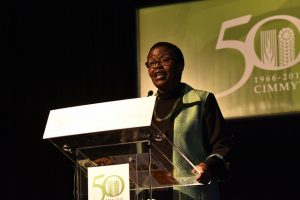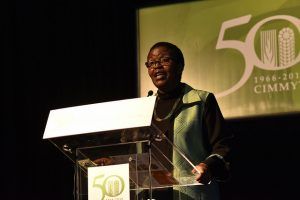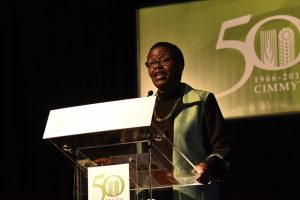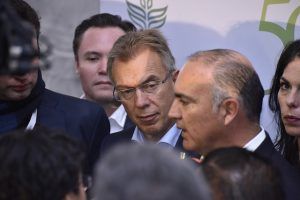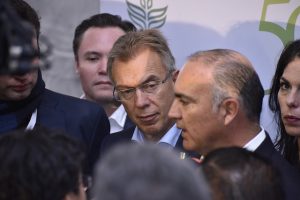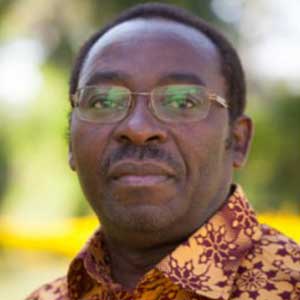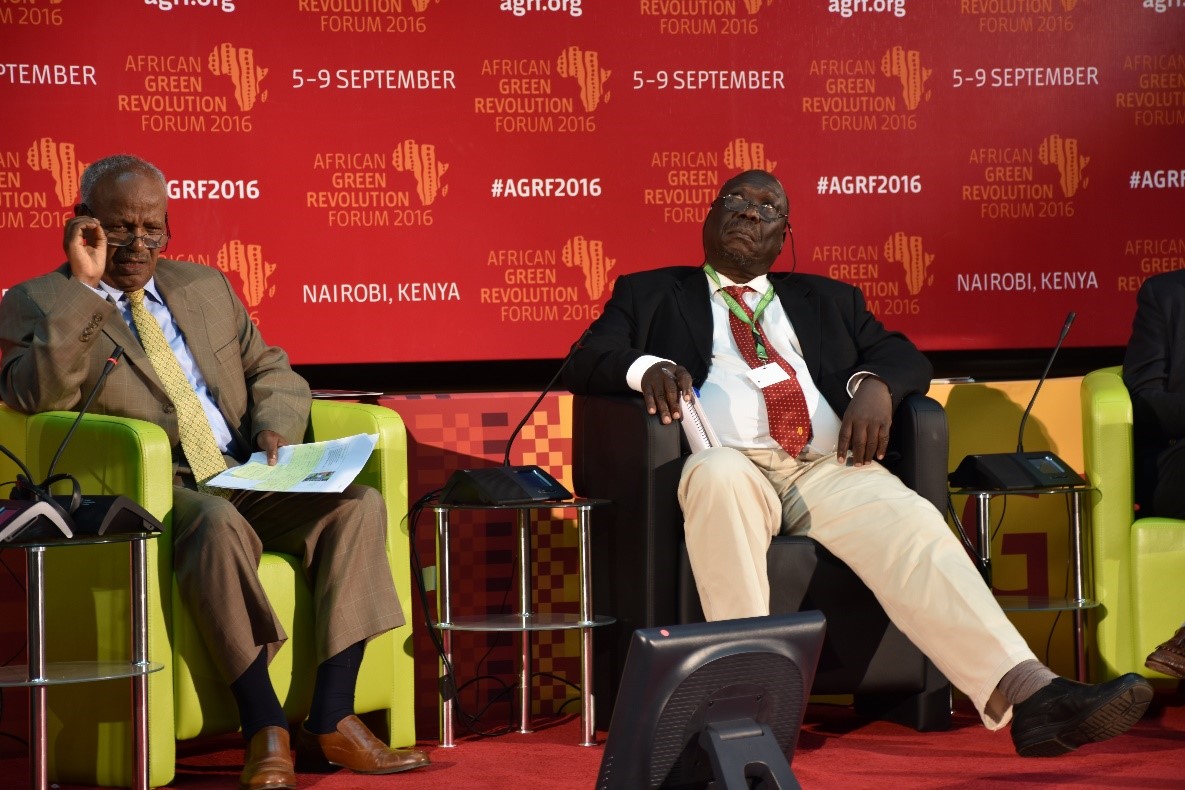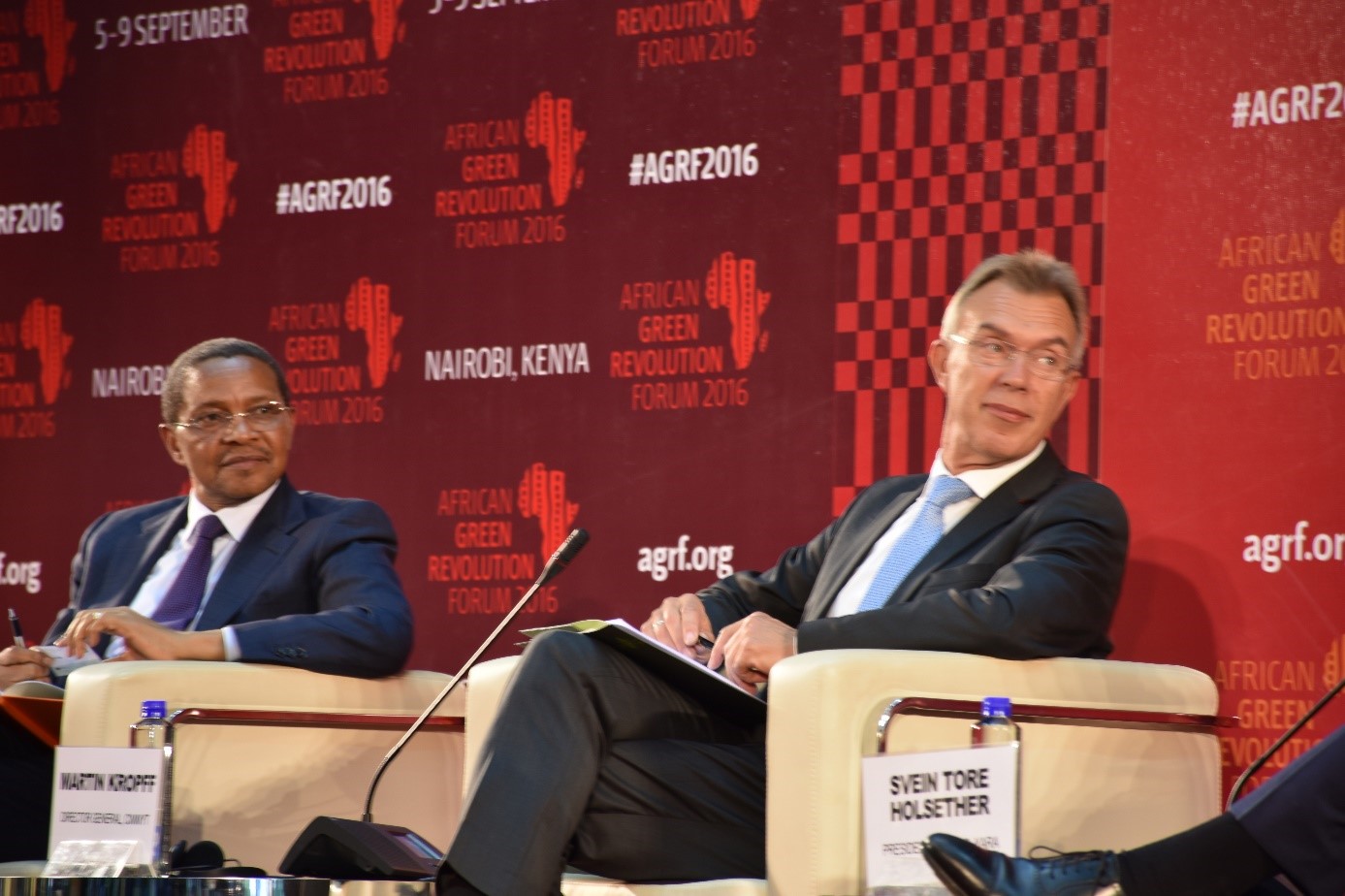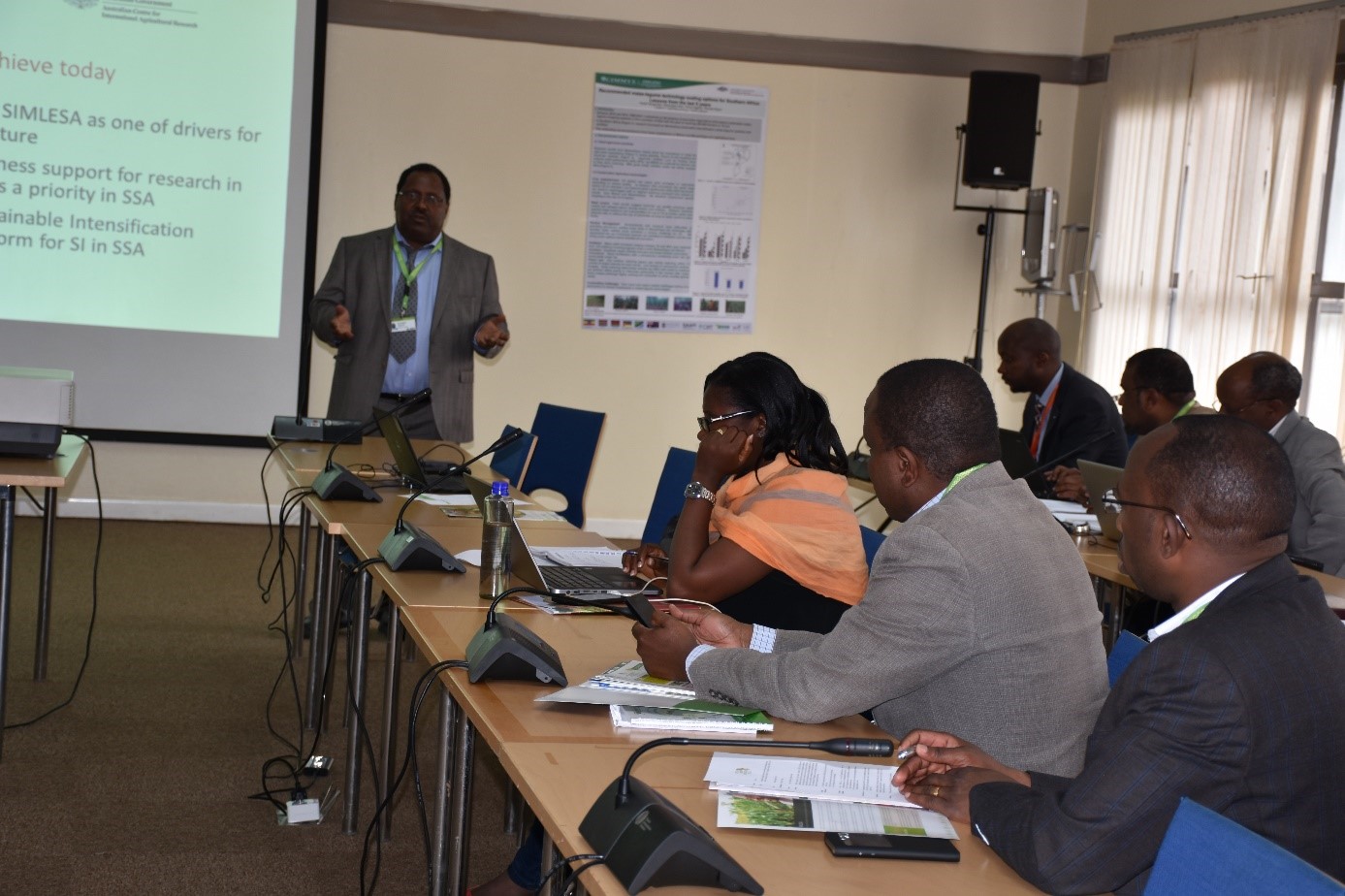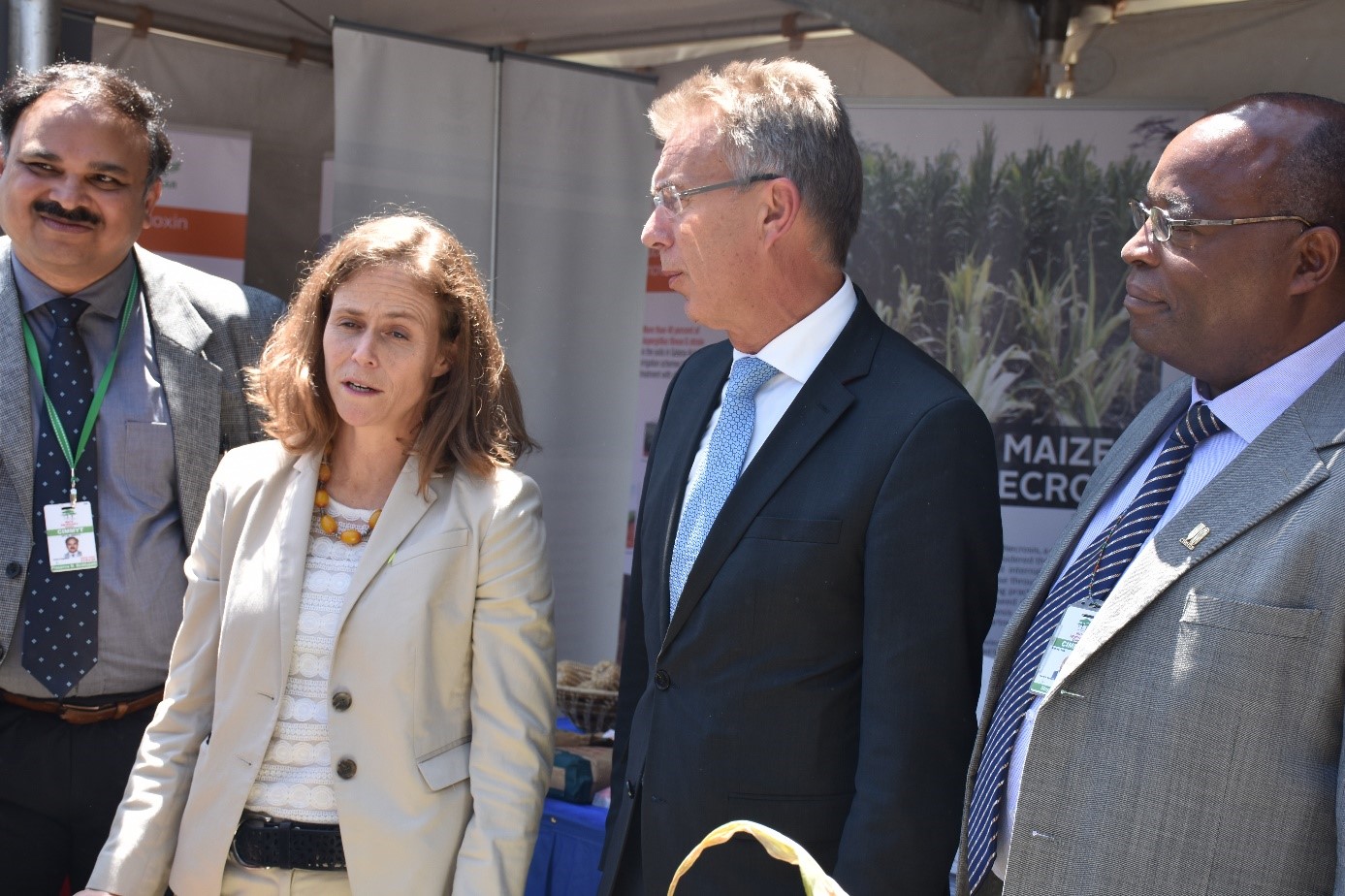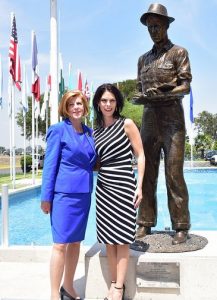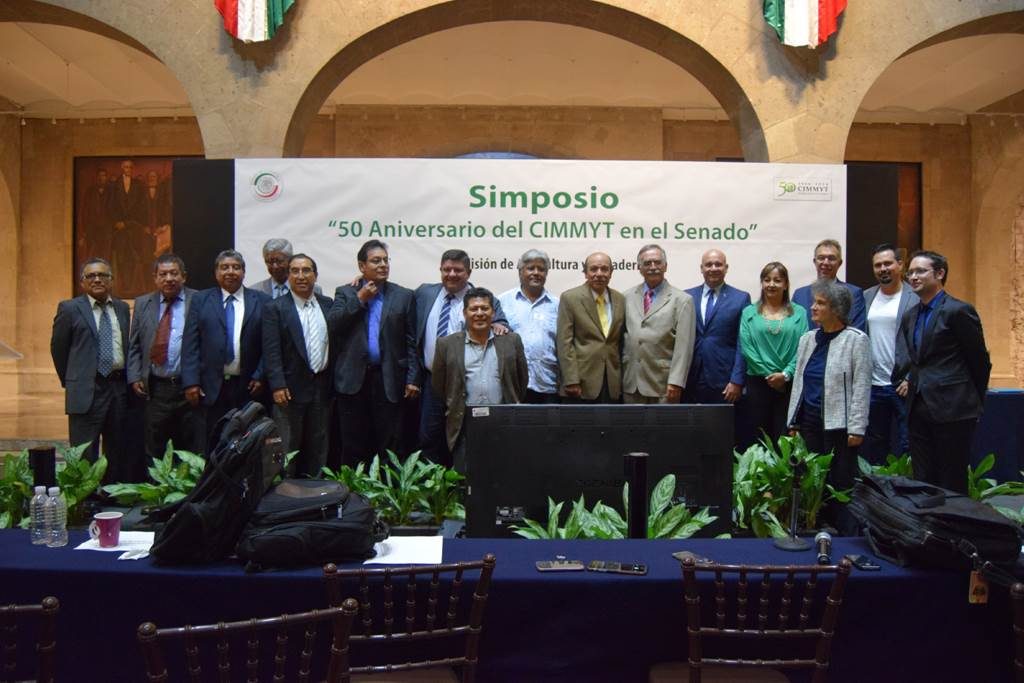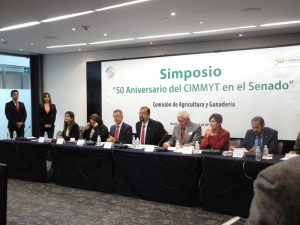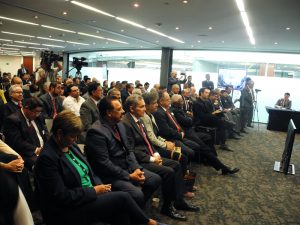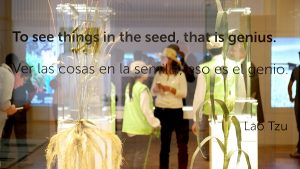Rebuilding farmer livelihoods in earthquake-hit Nepal
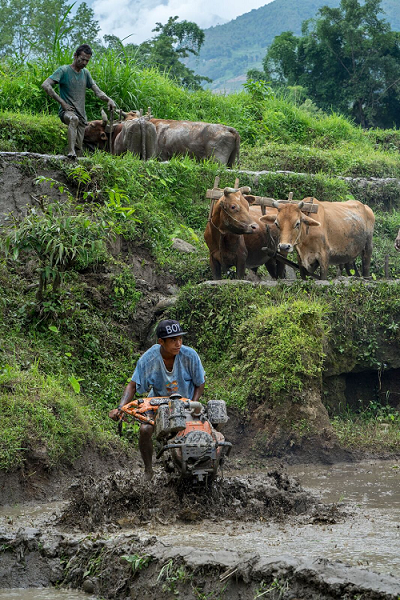
KATHMANDU, Nepal – The International Maize and Wheat Improvement Center (CIMMYT)-led Cereal Systems Initiative for South Asia (CSISA)’s Earthquake Recovery Support Program has helped more than 40,000 farmers in earthquake-hit areas of Nepal for over a year.
Since the program’s beginning in June 2015 a suite of agricultural assets including mini-tillers and other farm machines, seed and grain storage facilities, agricultural hand tools, technical training and agronomy support have been implemented through its completion this September. Beneficiaries came from across eight of the most risk-prone affected districts in Nepal.
Last year’s earthquake seriously undermined Nepal’s food security with losses estimated at more than $280 million in the agriculture sector alone. Nearly two-thirds of the country’s population relies on agriculture for their livelihood, which has made it even tougher for farmers affected by the earthquake. The quakes destroyed grain and seed stockpiles, killed and injured livestock, wrecked tools and implements and collapsed regional irrigation and agricultural markets’ infrastructure.
While the program’s monitoring and evaluation activities are still underway, initial estimated impacts show the storage bags and cocoons distributed are expected to save about 2,700 tons of grain and seed. In addition, agricultural hand tools have helped sustainable agriculture take hold, and agronomy guides have provided information on new production technologies and management practices. Distributed mini-tillers can also cover 700 hectares of land, reducing drudgery for women in particular due to their light weight. Mechanics trained by the program also ensure mini-tillers will be repaired and available locally, which encourages continued demand for the machines.
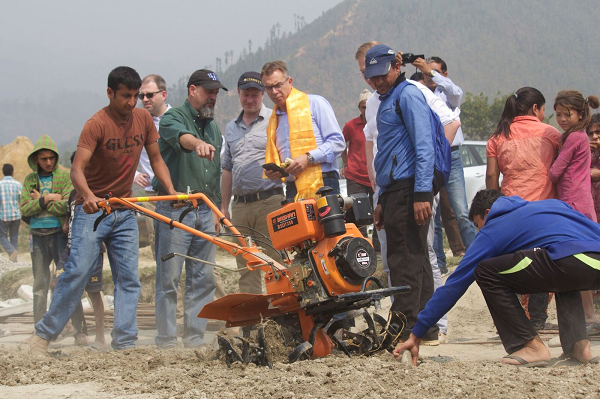
Subarna Bhandari, one of the recipients from Sindhupalchowk district, operated his mini-tiller for a total of 120 hours, earning approximately $540 within 3 months. The combined 8 machines that were distributed in his area would therefore help the recipients earn over $4,000. Another beneficiary previously needed three pairs of bullocks for two rounds of plowing at a cost of roughly $60. Thanks to the mini-tiller, the same activity now only costs $14.
“Keeping cattle for farm labor is costly and tedious because they need feed and fodder throughout the year, even when they are not in use,” says Mitra Shrestha, a farmer from Nuwakot district. “However, the mini-tiller needs fuel only when it is being used. In one hour the machine can cultivate an area that would require a pair of cattle to work an entire day,” she adds.
Shrestha uses the surplus time she can now spare for vegetable farming and other household chores. “In fact, I now also use the mini-tiller for land preparation of potatoes, since it can till deeper and make ridges.”
Beyond the earthquake program, CSISA is moving some of its activities into these districts so that it can build upon the momentum created around scale-appropriate mechanization over the last year. The Nepal Seed and Fertilizer project, led by CIMMYT, also works in the earthquake zone.

The Cereal Systems Initiative for South Asia (CSISA) is a CIMMYT-led regional initiative funded by the U.S. Agency for International Development (USAID) and the Bill & Melinda Gates Foundation. The Earthquake Recovery Support Program is Supported by USAID and implemented in cooperation with Nepal’s Ministry of Agricultural Development.

